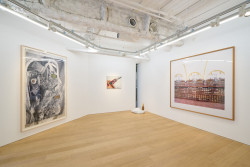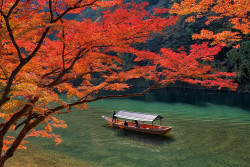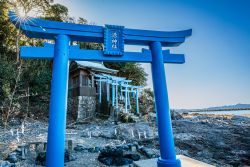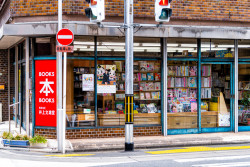
October 27, 2025
Edo’s Inked Heroes: Edo Firefighters
Legends, tattoos and the art of bravery
A persistent clacking noise filled the air. It was early evening, and my partner and I were at home in our quiet residential neighborhood of Tokyo. Having recently moved to the city, and since it was his hometown, I asked, “What’s that noise?”
“Firefighters,” he said in English. Well, I was at the window in a hot second, but alas, it was not a group of handsome men in action-movie uniforms, but a couple of sweet oji-san shuffling along the street, smacking two wooden blocks together. The translation was a little off, but it was then that I learned these volunteers were part of a centuries-old fire-prevention initiative. In that small moment, I realised I wasn’t just hearing a warning. I was hearing Edo.
Edo Firefighters and The City of Fires
When Tokyo was known as Edo, it burned with terrifying regularity. Then tightly packed with wooden buildings, it even earned the nickname “City of Fires.”
During the 267 years of Tokugawa rule, there were nearly 1,800 recorded blazes, including 49 major ones. The Great Fire of Meireki killed more than 100,000 people and wiped out most of the city in a single sweep.
Night patrols were not simply neighborhood busybodies. They were vital early-warning systems. The hyoshigi clappers they carried served the same purpose then as now: a sound designed to cut through stillness and remind people to stay alert.
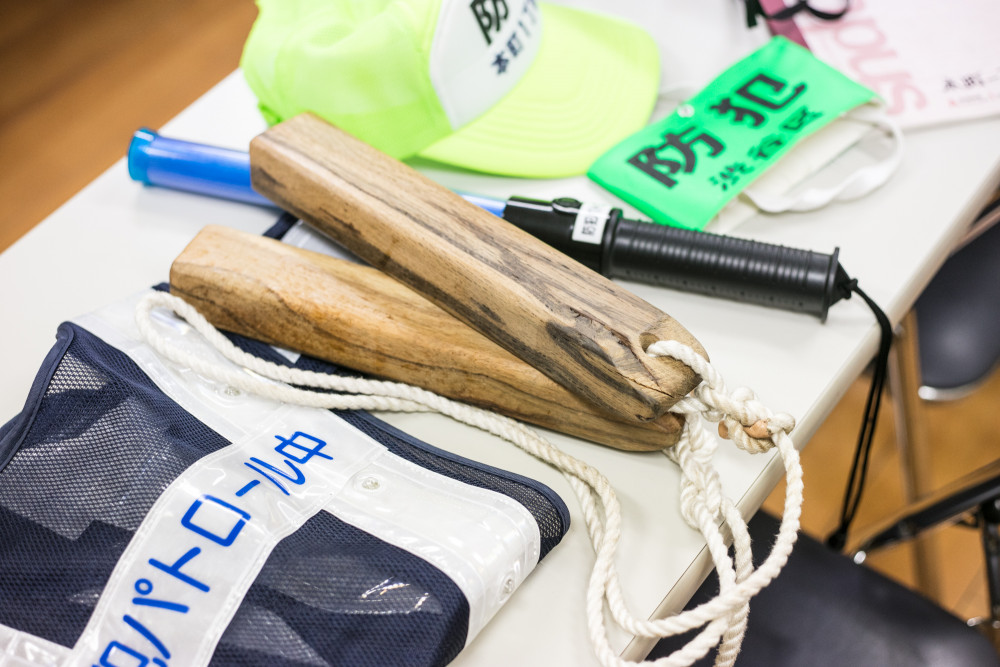
Beyond Just A Job
With such devastating consequences, it’s no wonder that there were so many hikeshi, or firefighters. The role was as much a display of skill and bravery as an essential service. These heroes weren’t just doing their job; they were revered, almost mythical figures.
Known for their daring feats of acrobatics, they would leap from building to building with apparent ease, scaling walls with minimal equipment, often only carrying hooked poles to pull down structures and create firebreaks.

Unlike modern firefighters who can use powerful high-pressure water, Edo-period hikeshi made firebreaks in buildings by rapidly demolishing structures around the fire, preventing the fire from spreading elsewhere. For this reason, firefighters were also part-time workers who knew the city’s construction, working as scaffolders or craftsmen.
For many, firefighting was a calling, but it was also a job that brought a degree of fame and respect. Though the pay wasn’t extravagant, it offered more stability than many other trades. In a city where a single spark could ignite an inferno, these men held a unique status, both feared and admired by their communities.
There were also many independent companies, sometimes creating conflicts among the groups. Companies identified themselves through a decorative matoi, which they carried up onto a roof as close as possible to the fire to signal the rest of the group in which direction to proceed in the operation. Its purpose was also to establish their precedence on the scene.
The Edo Bad Boys
Unsurprisingly, all this competition and rowdiness contributed to a complicated reputation. On the one hand, they were local celebrity heroes. People admired them not only because they saved lives, but because they embodied a kind of wild, masculine fearlessness that bordered on myth.
On the other hand, they were also known for being rough, loud and aggressive. They fought fires, but they also fought each other. Rival brigades often clashed over jurisdiction, status, and reputation.
A famous story from a kabuki play revolves around a brawl between firefighters and sumo wrestlers. The fight was so fierce that the nimble hikeshi and powerful sumo ended up in a free-for-all for an entire day. The performance is still in theaters today. You can find out more about this kabuki play here. Similar fights are immortalized in woodblock prints from the period.
And before we go any further, given all this risk of combustion, why not just build out of brick and stone, you ask? Professor Kyoichi Kobayashi at the Center for Fire Science and Technology explains that materials like these simply weren’t suitable for Japan because of the countryʼs frequent earthquakes. Plus, the hot and humid summers meant condensation would gather without wide openings in exterior walls.
The Tattoos of Edo Fighters
Back to the firefighters. Their iconic look was also part of the allure. Short, thick jackets soaked in water to add (albeit limited) protection against the flames. While plain on the outside, the inside featured intricate designs of mythical gods and heroes that reflected the elaborate tattoos on the firefighters’ skin. The colorful inked creatures writhed across their backs and chests, creatures invoked to lend strength as they charged into flames.
And these tattoos were as functional as they were aesthetic. They were believed to invoke strength and courage, the endurance of the needle’s pain, and the burning flames synonymous with bravery. They were a showcase of team camaraderie and all the masculine prowess of the day. Quite simply, they were also very cool.
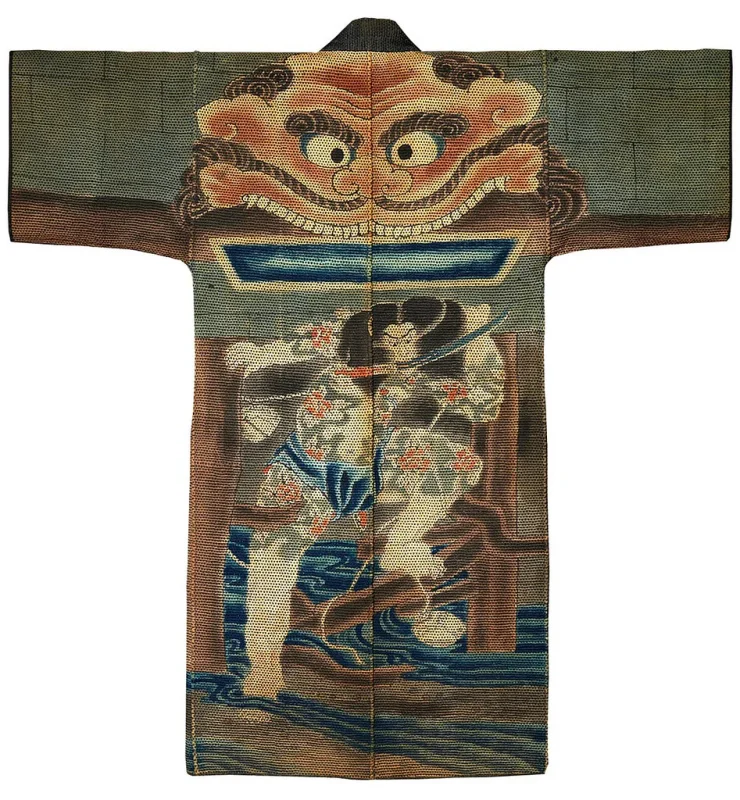
Restrictive laws at the time prohibited displays of luxury, such as elaborate clothing. So it was only for festivals and other special occasions, like celebrating an extinguished fire, that they were worn inside out. So much was the men’s status that the Japanese Post Office chose to commemorate them on stamps in 1998. However, it eventually decided to remove their tattoos to avoid offending modern sensibilities, which consider them taboo.
Whose Tattoos Came First? Edo Firefighters or the Yakuza?
This brings us to the Yakuza. People often assume elaborate full-body tattoos began with the yakuza, but Edo firefighters wore them first. The gangster world later adopted tattooing as proof of loyalty and endurance — its origin was punishment markings in prisons — but the firefighters’ ink came from pride and identification, not shame.
Organized gangs formed, and the tattoos became a part of yakuza initiation. Like the firefighters, the pain of these large, intricate pieces was symbolic.
Unfortunately, this connection to crime has tarnished the art form (and the reputation of our firefighting delinquent heroes). Sure, the Edo blaze busters were a little rough around the edges, causing a few too many fights, but they were protectors nonetheless.
Inevitably, with this “Edo bad boy” image, they were admired—some even to the point of infatuation. Women of the neighborhood would often turn out to watch the firefighters in action, drawn by their physical prowess, daring acrobatics, and the artistry of their tattoos.
The Legacy of the Edo Superheroes
In fact, Edo firefighters inspired fashion, stories and many kabuki plays, with performers donning similar costumes and tattoos to mimic the real-life superheroes of the city.
The hyoshigi clapping you hear at night is a vestige of this world, a nightly nod to those early firefighters who protected their city with little more than bravery and bare hands. In the rhythmic strikes echoing through the streets, you can almost feel that sense of community pride and resilience—a reminder that, despite all the modern glass, concrete and steel, some things about Tokyo remain timeless.
You might also like reading The Revival of Japanese “Tribal” Tattoos.

